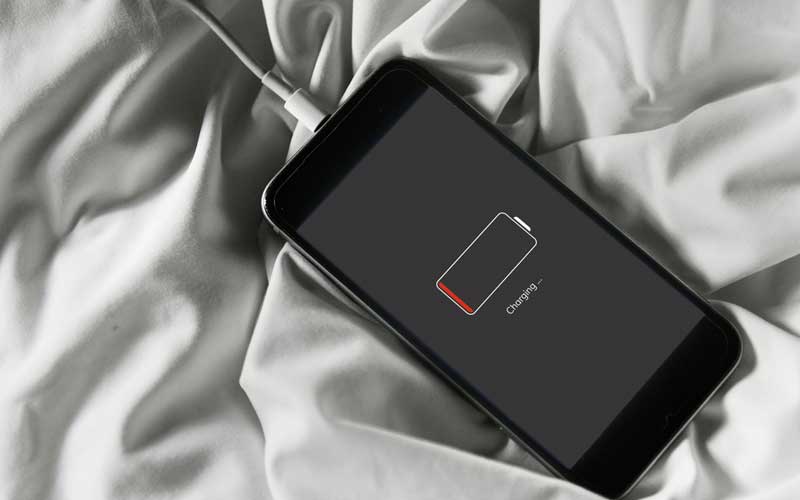×
The Standard e-Paper
Kenya’s Boldest Voice

In a pilot run, the most recurring question The Standard Fact Check Desk got was whether a charging phone can actually electrocute you (coronavirus’ transmission rate came second – we’ll tackle this next).